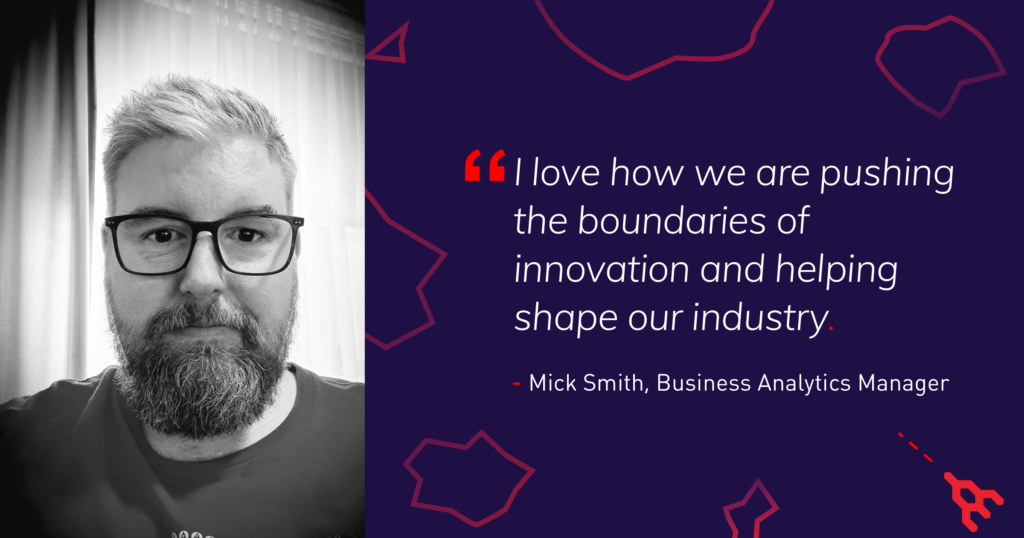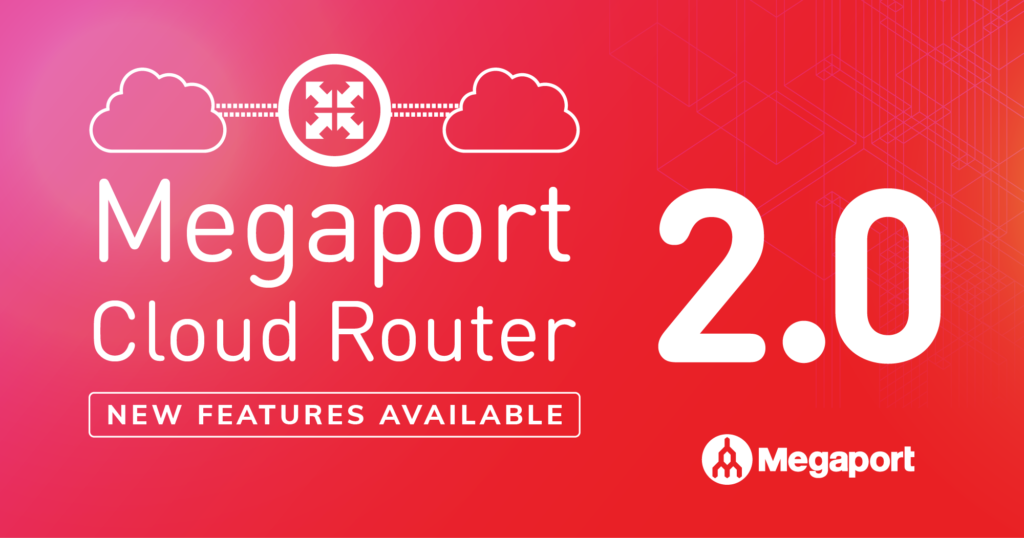
How SD-WAN Is Leveling Up in 2022
- February 9, 2022
- RSS Feed
Wondering how to take your SD-WAN to the next level? From security to automation, here are the top SD-WAN trends for 2022.
Before COVID-19 lockdowns and work-from-home orders swept across the world in 2020, 61% of enterprises had already begun an SD-WAN rollout. But by the second half of 2021, Nemertes Research found that only 36% of enterprises said they had actually deployed or were in the process of deploying SD-WAN.
In 2022, enterprises have realized that having SD-WAN is more important than ever due to increasingly distributed and complex network infrastructure and the new normal of having to support hybrid or remote work; SD-WAN provides the centralized management, security, and performance required for today’s work-from-anywhere, cloud-first business environment.
As SD-WAN adoption continues to speed up, you can expect major growth around security, automation, and more. We cover the top ways SD-WAN will level up in 2022, and how it can benefit your enterprise.
1. Expansion to the network edge
If your private SD-WAN fabric isn’t already extended to your network edge, 2022 is the year to do it. By reducing your reliance on the public internet and securing your network from end to end, you’ll enjoy lower costs, fewer hops, stronger security, and better performance from your SD-WAN. But what’s the easiest way to bring your SD-WAN to the edge?
Using a Network Function Virtualization (NFV) hosting service is the perfect way to bring your SD-WAN fabric to your branch without the need for additional hardware. Put simply, NFV refers to virtualized versions of key network services, which you can leverage to affordably and flexibly orchestrate your SD-WAN network for better security, agility, and performance.
With Megaport Virtual Edge (MVE), Megaport’s NFV hosting service, you can get direct, private branch-to-cloud connectivity via our Software Defined Network (SDN). Use MVE on-demand to deploy SD-WAN gateways, virtual routers, and integrated transit gateways in minutes. Our SD-WAN integration partners make up more than 70 percent of the total SD-WAN market, making it even easier for you to quickly get started.
Find out how Animation Research is set to benefit from deploying SD-WAN edge connectivity.
2. Zero Trust Network Access
A Zero Trust Network Access (ZTNA) solution offers an alternative to general network access, instead replacing it with secure, per-user and per-session access to specific applications. This increases visibility into who is accessing what at any given time, and allows for easier management of resources as well as more effective safeguarding. This is particularly helpful when your enterprise is dealing with a remote workforce, as it enables you to discern whether one of your employees is just working from a different location than usual, or if that new sign-on is coming from someone more sinister.
The current generation of SD-WAN solutions available on the market often house multiple ZTNA elements, positioning them as exceptionally secure, integrated solutions.
ZTNA is a particularly beneficial security integration for remote workforces and while it can be implemented independently, it can also be implemented as part of a broader network solution which includes SD-WAN, known as SASE.
3. Adoption of SASE architectures
Secure Access Service Edge, or SASE, is a consolidation of networking (including SDN and SD-WAN) and security features coming together to form an ultra-secure, high-performing, and flexible network architecture.
Adoption of SASE has catapulted in recent years and is expected to keep gaining momentum as network security and agility becomes increasingly important; Gartner predicts that by 2025, at least 60 percent of enterprises will have SASE strategies and timelines in place. SD-WAN is an important foundation of any SASE architecture, but if you want the full benefits of SASE, you need to consider some other features, too.
As a general rule, every SASE architecture will include elements of these additional four components:
- CASB (Cloud Access Security Broker): On-premises or cloud-based security policy enforcement points
- ZTNA (Zero Trust Network Access): A service that creates an identity- and context-based logical access boundary around an application or set of applications (covered in detail above)
- Firewall as a Service (FWaaS): Cloud-delivered firewalls that digitally protect your architecture from cyberattacks at multiple points
- Secure Web Gateway: Gateways that filter and prevent data breaches with web filtering and access control measures.
To successfully integrate your SD-WAN and other SASE elements, it is recommended that you use a Network as a Service (NaaS) as the private backbone that ties them together. With Megaport’s NaaS, you’ll get point, click, and connect functionality on a scalable and secure global network – perfect for getting full visibility and control over your SASE environment.
**
4. Network automation**
In a cloud-first landscape, simplified SD-WAN management and orchestration is crucial to business efficiency. One of the most effective and sustainable ways to simplify your network is to utilize automation, most notably through the use of Application Programming Interface (API) and Infrastructure as Code (IaC).
Application Programming Interface
An application programming interface (API) refers to a set of protocols that govern how applications integrate and communicate with each other, allowing application processes to be automated. Using a NaaS as the backbone for your network, and leveraging APIs to automate processes on your NaaS, can be a huge resource saver for your enterprise.
Here’s how Exetel has used Megaport to make its back end completely API-driven and automated.
Megaport offers a public API for services available through the Megaport Portal, automating your Megaport provisioning to save time and effort. This API has predictable URLs, accepts form-encoded request bodies, returns JSON-encoded responses, and uses standard HTTP response codes.
Megaport’s API can be implemented in either a staging (test) environment or a production environment. And from Java to Python, you can use any language you like when writing and deploying your client-side code to call the Megaport API.
Infrastructure as Code
Simply put, IaC is the management of virtual infrastructure through coding; DevOps teams use IaC to automate network administration and maintenance processes, create consistent environments for testing or deployment purposes, and hugely reduce the manual resources required to run that network.
With IaC, you can orchestrate and automate almost any SD-WAN (and cloud) scenario you want. A popular industry choice is Terraform, which is highly successful in the multi-vendor cloud automation space.
Megaport has its own Terraform Provider which you can use to automate the NaaS backbone for your SD-WAN. And to make it even easier, Megaport has published example Terraform templates you can use to create everything from simple data center connections to interconnected hybrid cloud setups.
Once you have deployed an SD-WAN, there’s no shortage of trimmings you can add to elevate the security and efficiency of your architecture. And these trimmings can bring a myriad of benefits to your enterprise, from cost savings to more efficient operations. Plus, as SD-WAN continues to grow into the future, making these upgrades will set the foundation for an even bigger, better network in the years to follow.
Stay Updated
Keep up to date on Megaport in the news by following us on social media at:
Twitter: @megaportnetwork
LinkedIn: @megaport
Facebook: @megaportnetworks


